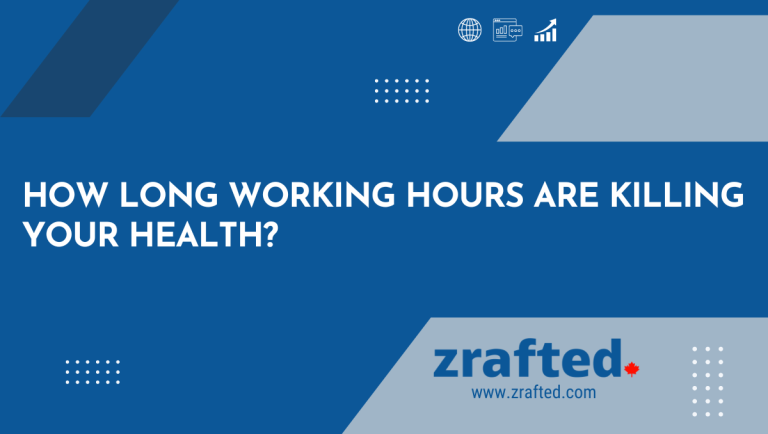Introduction to Responsive Website Design
In today’s digital age, having a strong online presence is crucial for the success of any business. One of the key elements that contribute to a successful website is responsive web design. In this article, we will explore what responsive web design is, its significance for businesses, how to make a website professionally responsive, and the benefits it offers in terms of user experience and SEO.
What is responsive web design on a business website?
Responsive web design refers to the approach of designing and developing a website that automatically adjusts and adapts its layout and elements based on the screen size and device being used by the visitor. It ensures that the website provides an optimal viewing and browsing experience, regardless of whether it is accessed from a desktop, laptop, tablet, or mobile phone.
How do I make my website professionally responsive?
To make your website professionally responsive, there are several key steps you can follow. Firstly, it’s important to use a responsive website template or hire a professional web designer who specialises in responsive design. Secondly, ensure that the website’s layout, images, and content are flexible and can adapt to different screen sizes. Utilise fluid grids and proportion-based CSS styles to achieve this. Additionally, optimise your website’s loading speed to enhance the user experience across various devices.
How to check website loading speed?
You can check the loading speed of your website through different tools available online.
The two most reliable loading speed test tools are:
Why is responsive web design useful to businesses?
Responsive web design is highly valuable for businesses due to several reasons. Firstly, it ensures a consistent and optimized user experience, regardless of the device being used. This improves user satisfaction, engagement, and the chances of conversions. Secondly, responsive design eliminates the need for maintaining separate versions of the website for different devices, reducing development and maintenance costs. Moreover, Google prioritises mobile-friendly websites in its search results, leading to better visibility and organic traffic for businesses.
What are the three components of responsive web design?
The three core components of responsive web design are flexible grids, fluid images, and media queries.
- Flexible grids use relative sizing units to allow website elements to adapt to different screen sizes.
- Fluid images, on the other hand, adjust their size and proportions proportionally to the available screen space.
- Media queries enable the website to detect the characteristics of the user’s device and apply appropriate styles and layouts accordingly.
What happens when a website has a responsive web design?
When a site has a responsive web design, it ensures that the website layout, content, and visuals seamlessly adjust to fit the screen size of the user’s device. Whether it’s a large desktop monitor, a tablet, or a small smartphone screen, the website elements reorganize themselves and resize proportionally to provide an optimised and visually appealing browsing experience. This eliminates the need for users to zoom in, zoom out, or scroll horizontally, enhancing usability and accessibility.
What are the benefits in user experience and SEO?
Responsive web design offers significant benefits in terms of user experience (UX) and search engine optimisation (SEO). From a UX perspective, responsive design provides a consistent and user-friendly experience across all devices, reducing bounce rates and increasing user engagement. It eliminates the need for users to switch between different versions of the website, ensuring seamless navigation and content consumption.
Regarding SEO, responsive web design plays a crucial role. Google and other search engines prioritise mobile-friendly websites in their search rankings. By having a responsive design, businesses improve their chances of ranking higher in search engine results pages (SERPs) and attracting organic traffic. Additionally, responsive design leads to lower bounce rates, longer visit durations, and increased page views, which are positive signals for search engines and can positively impact SEO efforts.
Final call:
In today’s mobile-driven world, having a responsive web design is essential for businesses aiming to provide a seamless and optimised user experience across devices. By implementing responsive design principles, businesses can ensure their websites adapt to various screen sizes, enhance user engagement, reduce bounce rates, and improve their search engine rankings. Embracing responsive web design is a smart investment that can help businesses stay competitive in the digital landscape.






